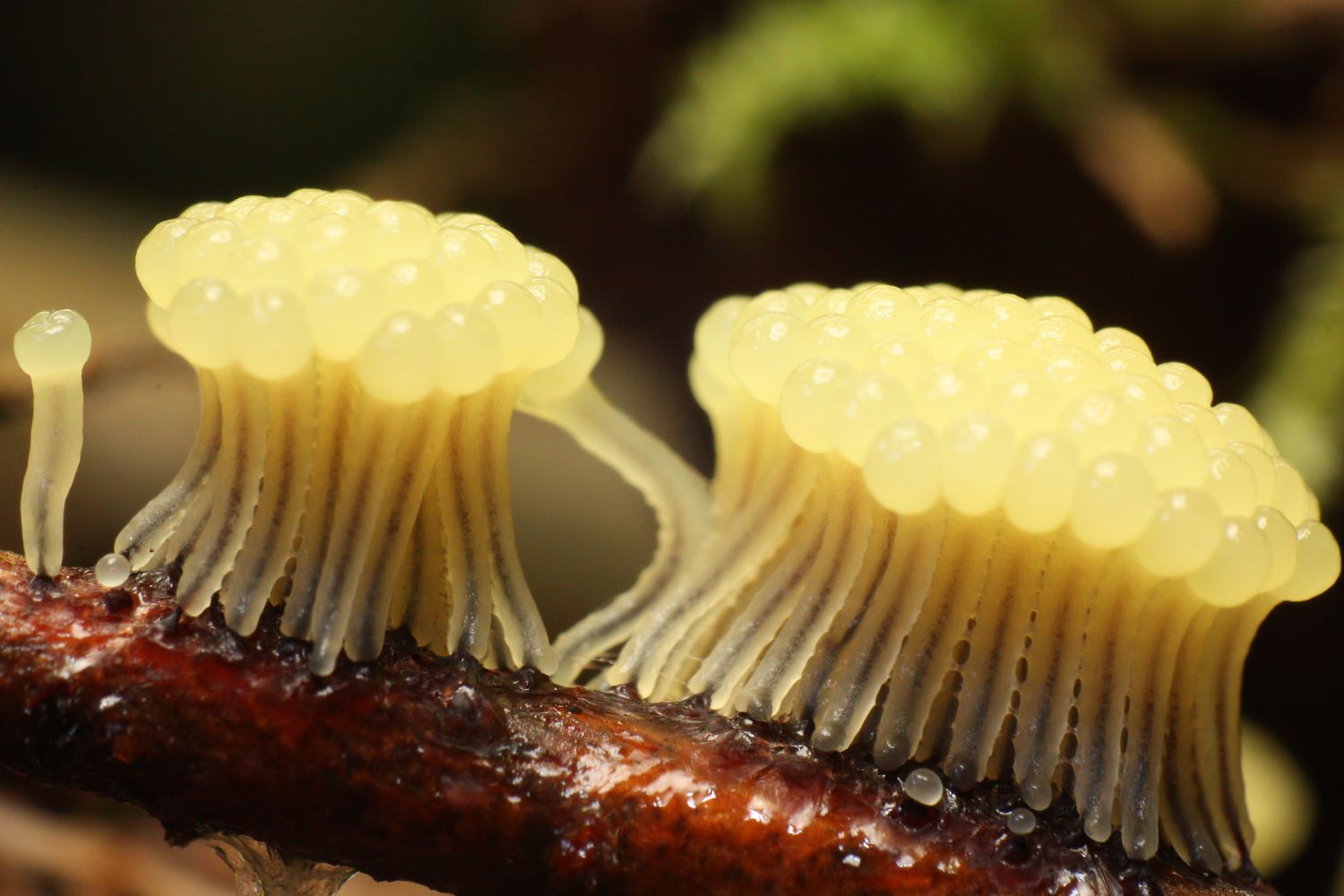Protists and fungi represent some of the most intriguing and diverse groups of organisms on Earth. Whether it‘s the single-celled protists that thrive in aquatic environments or the complex fungal networks that play a crucial role in ecosystems, there’s always something new to learn. Challenge yourself with this quiz and see how much you know about these fascinating life forms!
We recommend that you do not leave the page that you are taking this quiz in. Stay honest 🙂
Protists and Fungi Quiz Questions Overview
1. Which of the following is a characteristic of protists?
They are all multicellular.
They are all autotrophic.
They have a nucleus.
They lack a cell membrane.
2. Which group of protists is known for causing malaria?
Amoebas
Ciliates
Dinoflagellates
Sporozoans
3. What is the primary role of fungi in the ecosystem?
Photosynthesis
Decomposition
Nitrogen fixation
Predation
4. Which of the following is a common fungal infection in humans?
Malaria
Ringworm
Tuberculosis
Influenza
5. What structure do fungi use to reproduce?
Seeds
Spores
Eggs
Pollen
6. Which of the following is a mutualistic relationship involving fungi?
Mycorrhizae
Parasitism
Commensalism
Predation
7. Which protist is known for its ability to photosynthesize?
Paramecium
Euglena
Amoeba
Plasmodium
8. What is the main component of fungal cell walls?
Cellulose
Chitin
Lignin
Pectin
9. Which of the following is a type of asexual reproduction in fungi?
Budding
Fertilization
Conjugation
Meiosis
10. What is the term for the network of fungal filaments?
Hyphae
Mycelium
Thallus
Rhizoid
11. Which protist is commonly used in scientific research due to its simplicity?
Paramecium
Euglena
Amoeba
Plasmodium
12. What is the primary mode of nutrition for fungi?
Photosynthesis
Chemosynthesis
Absorption
Ingestion
13. Which of the following is a characteristic of slime molds?
They are exclusively aquatic.
They form fruiting bodies.
They are photosynthetic.
They are multicellular throughout their life cycle.
14. Which of the following is NOT a type of fungi?
Basidiomycota
Ascomycota
Zygomycota
Ciliophora
We recommend that you do not leave the page that you are taking this quiz in. Stay honest 🙂
Can Your Friends Do Better Than You in This Quiz?
Share this quiz with your friends and compare results.
Was this page helpful?
More Popular Biology Quizzes:
-
Leukocytes Identification Quiz
-
RNA and Protein Synthesis Quiz
-
Humerus Bone Quiz
-
Male Reproductive System Quiz
-
Biomolecules Quiz
-
Action Potential Quiz











